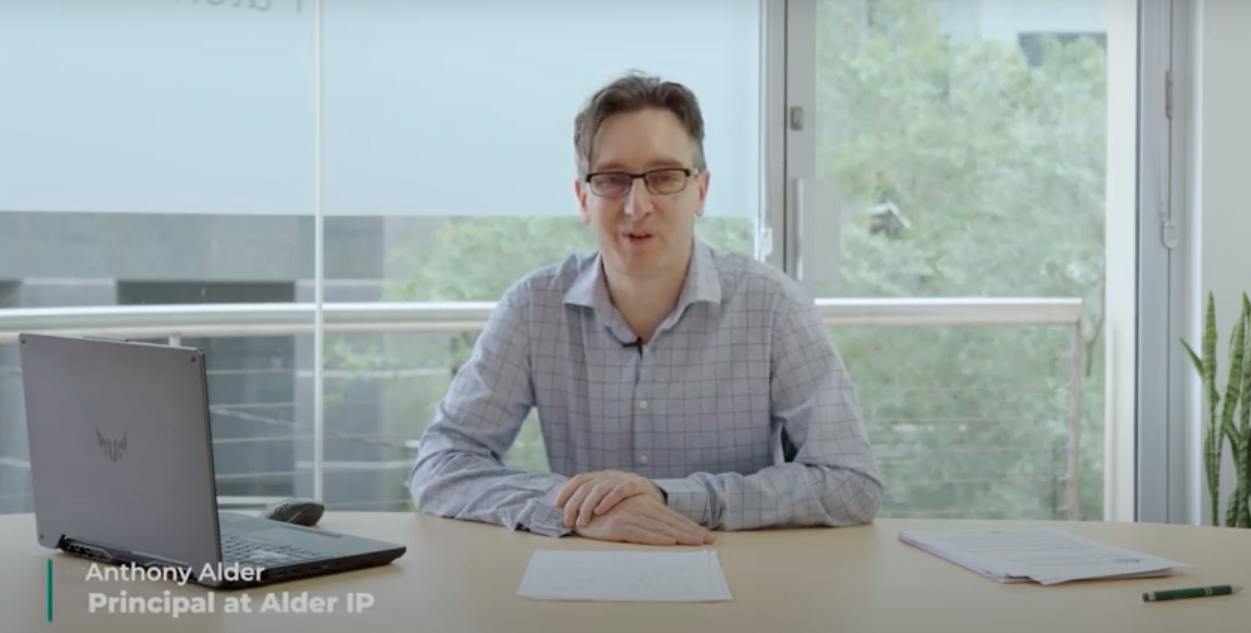If you snapped a photo of a Pokemon in the wild and want to share it on social media, you could be close to violating Australian copyright law. In the augmented-reality app, players have the opportunity to take snapshots of Pokemon appearing in real-world locations. Social media users are sure to see these pictures being shared in all corners of the internet.
Are these pictures infringing intellectual property rights? There are a few things we have to look at to answer that question.
The social media overlap
Most Pokemon Go players are 18 to 29, the same age group that shares the most photos online.
When taking pictures through an app, it is important to consider the copyright implications. This need is even higher if you’re considering sharing those photos on social media. This is a definite concern with Pokemon Go, as the people most likely to be playing the game are also most likely to be posting snapshots on Facebook.
A Forbes analysis of SurveyMonkey Intelligence data shows that 18 to 29 year olds are the most likely Pokemon trainers, making up 46 per cent of the player base.
At 57 per cent, this same age group shares pictures on social media more than any other cohort, according to the 2015 Sensis Social Media Report.
Copyright law concerns
When taking a picture in Pokemon Go, there are two main copyright concerns – the Pokemon in the foreground and whatever is in the background.
Because the app specifically allows users to take photographs of Pokemon they encounter while playing the game, these pictures fall into the realm of implied permission. That function is a clear invitation, granting users permission to take such pictures of the Pokemon they encounter, so it is unlikely that one could argue copyright infringement in this case.
A new #travel photography #trend is growing involving #Pokemon Go photos!http://t.co/O7XXONW7FU via @Tripstreak pic.twitter.com/tyhWAAfKsK
— fiz (@fizplaces) July 21, 2016
Of much greater concern is what may be in a picture behind a Pokemon. Fortunately, the Copyright Act 1968 has provisions that address protected works in public spaces. Under sections 65, 66 and 68, the taking and posting of a photograph containing a copyrighted work is not infringement so long as the picture was taken in an area accessible to the public, and the work in question is not a temporary feature. This is more commonly known as freedom of panorama.
A key takeaway is that this only applies to permanent installations, so players should be careful when a temporary installation not covered by freedom of panorama is in the background of a photograph.
For more information about copyright and other services, contact Alder IP today.


